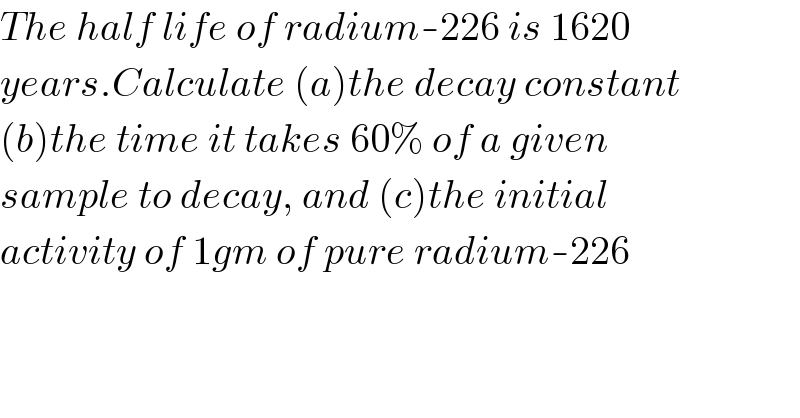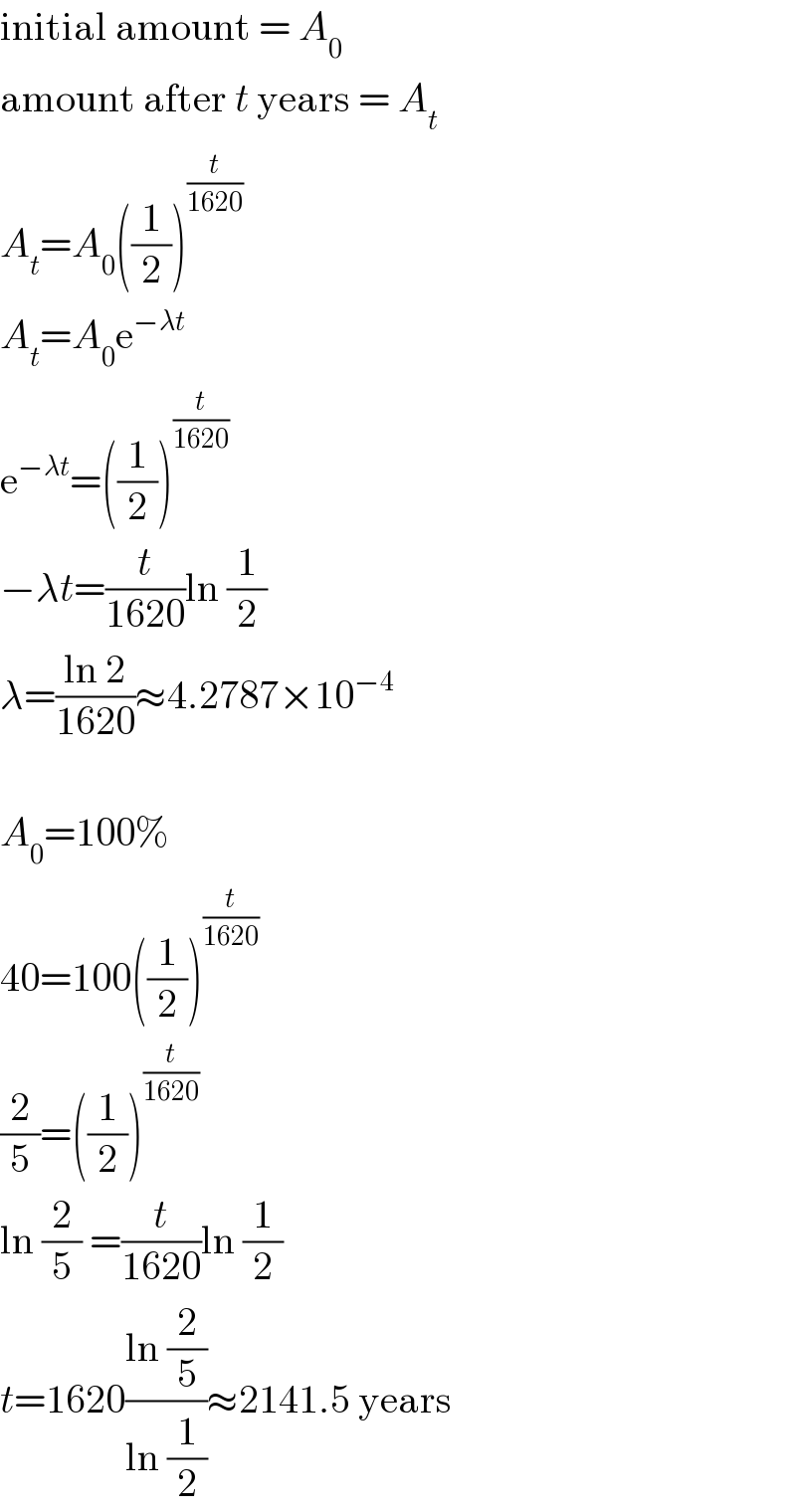
Question and Answers Forum
Question Number 41361 by Necxx last updated on 06/Aug/18

Answered by MJS last updated on 06/Aug/18

Commented by Necxx last updated on 06/Aug/18

| ||
Question and Answers Forum | ||
Question Number 41361 by Necxx last updated on 06/Aug/18 | ||
 | ||
Answered by MJS last updated on 06/Aug/18 | ||
 | ||
| ||
Commented by Necxx last updated on 06/Aug/18 | ||
 | ||